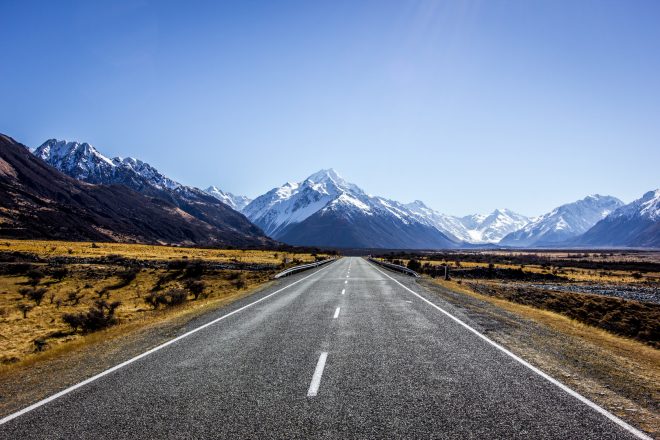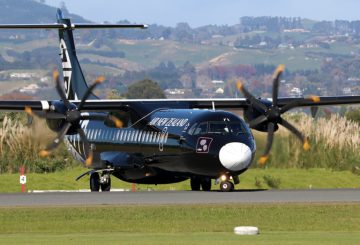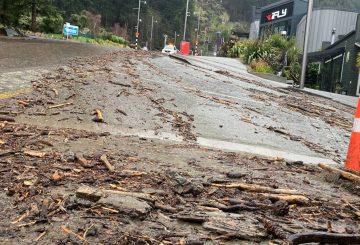Sinusuportahan ng mga mayor ng Canterbury ang isang panukala para sa isang $10.8 bilyong pamumuhunan sa lokal na imprastraktura ng transportasyon. Gayunpaman, sinasabi nila na kakailanganin ang tulong ng gobyerno. Inaprubahan ng Canterbury Regional Transport Committee ang isang draft plan para sa konsultasyon, na nagtatampok sa iminungkahing Woodend Bypass at isang pangalawang tulay sa Ashburton bilang mga pangunahing proyekto. Kung pinagtibay, magbibigay ng mga proyektong ito ang pamumuhunan sa transportasyon sa rehiyon sa susunod na dekada.
Sinabi ng tagapangulo ng komite, si Counselor Peter Scott, na ang isang $4.6 bilyong kontribusyon mula sa gitnang pamahalaan ang kinakailangan upang pondohan ang mga proyektong ito. Kasama sa komite ang mga mayor ng rehiyon, pati na rin ang mga kinatawan mula sa Environment Canterbury at Waka Kotahi New Zealand Transport Agency.
Sinabi ng Mayor ng Waimakariri na si Dan Gordon na ang Woodend bypass, isang kapalit na Skew Bridge sa kanlurang Kaiapoi, at isang silangang Rangiora link road ay mga kritikal na proyekto para sa kanyang distrito. Sinabi niya, “Ito ang mga pangunahing proyekto sa imprastraktura na matagal nang nahihirapan para sa isang distrito ng paglago tulad ng atin at ang mga pinagtataguyod namin nang mahigit sa maraming taon.”
Parehong nagpahayag ng Hurunui Mayor Marie Black at Mayor ng Kaikōura na si Craig Mackle ang kanilang suporta sa draft plan, na nagsasabi na ang mga pangunahing proyekto ay makikinabang sa buong South Island.
Ang iminungkahing pagtaas sa pagpopondo ay magsisimula sa Hulyo 2024. Sinabi ni Scott, na namumuno rin sa Environment Canterbury, “Binabalangkas ng draft plan na ito kung paano namin nais mamuhunan sa mga solusyon sa transportasyon sa hinaharap para sa Canterbury, habang nagbibigay din ng patuloy na pangangasiwa sa aming umiiral na network ng transportasyon.”
Ang mga badyet sa transportasyon ay binubuo ng pagpopondo ng konseho, direktang pagpopondo ng Crown, at ang National Land Transport Fund, na kinabibilangan ng mga singil sa gumagamit ng kalsada at buwis Ipinahiwatig ng Bagong Ministro ng Transportasyon na si Simeon Brown na ang isang pamahalaan na pinamumunuan ng Pambansang ay nangangako sa pagtatayo ng Woodend Bypass at isang pangalawang tulay ng Ashburton. Kasama sa iba pang mga proyekto sa plano ang mga pag-upgrade sa Greater Christchurch public transport, ang pag-upgrade ng tulay ng Conway River sa Distrito ng Hurunui, at isang iminungkahing Rangiora western link road.





























































